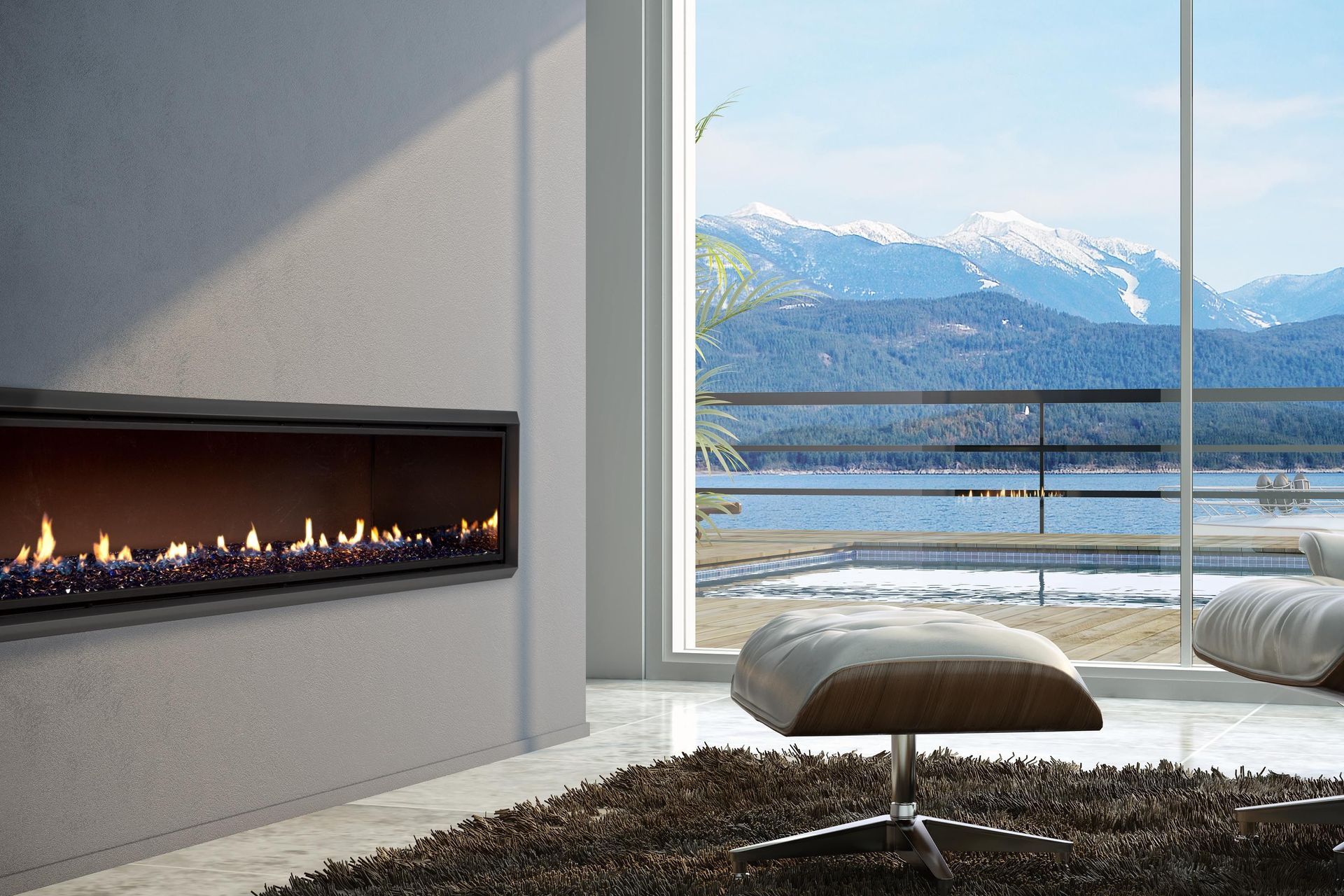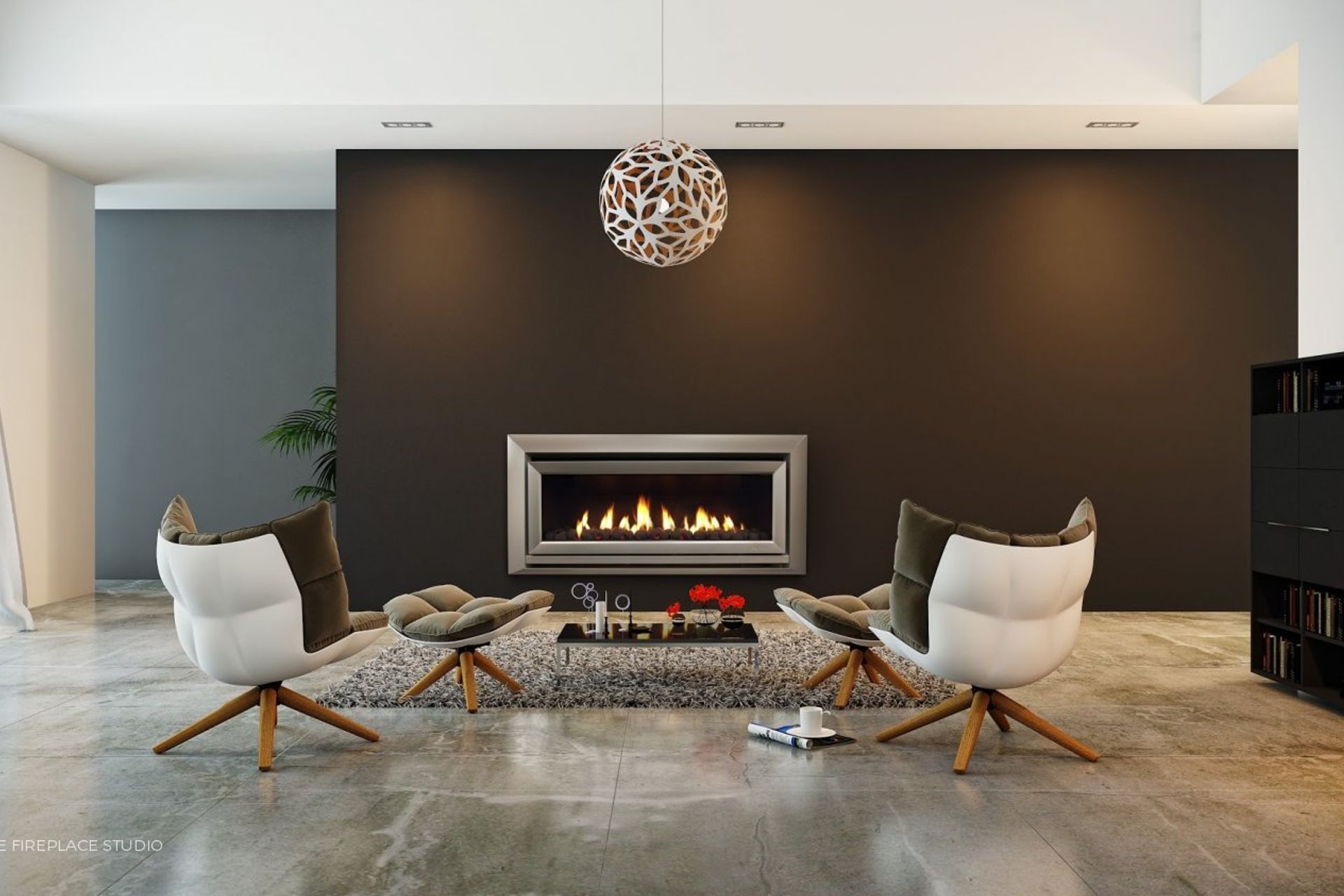Gas fires and apartment living
Written by
09 November 2017
•
5 min read

As more people choose apartment living as a way of life, so too do those people want to create a traditional homely ambience in their dwellings. “People often relate having a fire as an element of a freestanding home,” Escea’s architectural advisor Richard Miller says. “It’s something that hasn’t always been possible in high density living situations but it is an important part of creating that homely feeling.”
It’s not just about creating a relaxed ambience though, Richard says. “Because more people are investing in apartment living long term, more money is being spent on apartments and that means they have higher specifications and more elements than were being incorporated previously.”
In the case of fires, apartment living means that woodburners aren’t a possibility, which means gas fires are a sought-after option. Until recently though, technology has meant that there were various restrictions around gas fires in apartments. “With the latest technology we have developed, it means gas fires are an option in almost all situations and they are easy to install,” Richard says.
“With older gas fires, they tended to have a basic vent, which meant the flue would take out the hot combustion gases as well as drawing in cool outside air to feed the combustion process. It was done that way simply because there was no other way, and it meant that flues needed to be vertical and go out through the ceiling because they were using the natural convection of heat to draw the gases out.”
Escea’s latest technology means vertical flues are no longer required. They’ve instead developed a motorised or power flue system that allows flues to be positioned horizontally out through a wall, mitigating the need for a flue to be positioned through an upstairs apartment.”
Another reason gas fires have become a reality for apartment dwellings is the other technology Escea has developed that allows for a sealed, glass-fronted combustion chamber.
“Previously we had predominantly open-fronted gas fires, which were no longer working effectively in modern homes and apartments,” Richard says.
That’s because open-fronted gas fires needed to draw the air from the room to feed the combustion process. While that process worked effectively in older homes, with modern construction methodologies, houses are more airtight than ever before and there is little fresh air entering or leaving a property unless windows or doors are opened. “In modern homes, this open-fronted style of gas fire doesn’t function well because it may run out of oxygen to feed the fire. Open-fronted gas fires also allow the combusted gases to spill into the room sometimes, so in bedrooms, for example, you may need to have a carbon monoxide detector to monitor the levels.”
Because the lastest Escea fires are sealed, both these issues are mitigated.
“Aside from the benefits of the technology, though, being able to have a fire in an apartment is simply about creating ambience. Not a lot of romance ever happened in front of a heat pump. People want to create that meditative state of watching flames burn, and the latest fires also look visually stunning.”
The latest Escea range of modern gas fires, known as the D-Series fires, are cost equivalent, when using natural gas, to running a heat pump, and provide an effective form of whole-home heating. They provide a radiant heat in front of the fire, but are also installed with a heat exchanger and some models allows for heat to be transferred between rooms via a ducting system. “In apartments, this is particularly popular because it allows for an even temperature throughout the apartment rather than risking overheating small areas,” Richard says. “What it means is 20 per cent of the heat generated is a radiant heat, and the other 80 per cent is directed through vents into the other rooms of the house or apartment.”
Space is often an issue in smaller apartments too, and Escea’s research and development team put considerable energy into developing their latest range of fires with this as an important aspect of their design. “The result of this is that most of our fires have the lowest television standover on the market of just 200mm required between the fire and a television.
“This is possible because the latest Escea fires were designed to put heat where it is needed so the firebox itself is cool, and heat doesn’t move into the surrounding wall area, it goes into the room and or through the vents to other areas of the dwelling. What we’ve achieved with this technology means that, for example, if you were looking to create a very high-end look, you could even clad the wall around some models firebox with leather, or have the fire installed into wooden cabinetry, which makes these fires incredibly versatile. It’s something that’s never been able to be achieved before but an element that is particularly pertinent for apartment living where space is at a premium.”
Escea is based in Dunedin and has the largest gas fire research and development team in Australasia. Every Escea fire is designed and manufactured in Dunedin. “Our fires are some of the most advanced gas fires in the world.”
Get in touch with Escea through the Stoke Firepolacprofile on ArchiPro here to find out how you can incorporate a contemporary gas fire into your apartment.


